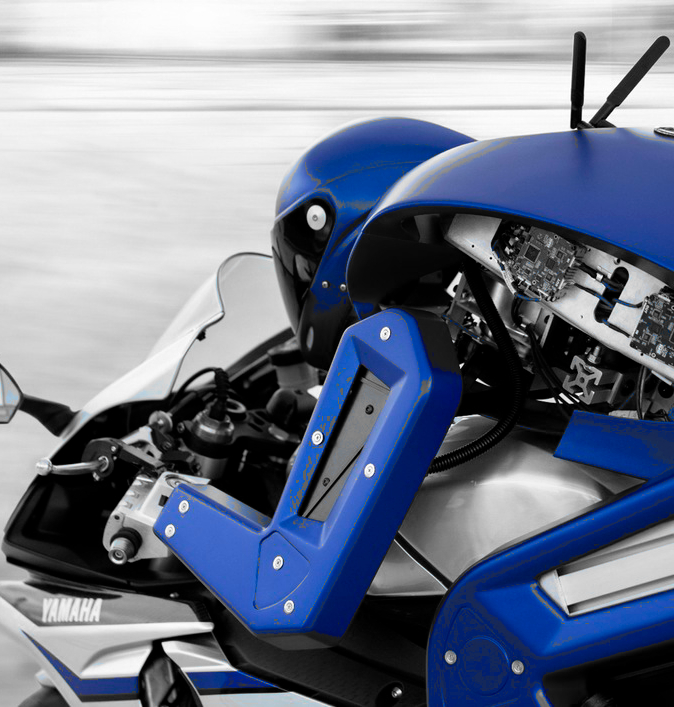CSIRO opens robot playground
 CSIRO has launched a giant, purpose-built research facility for robotics and AI systems.
CSIRO has launched a giant, purpose-built research facility for robotics and AI systems.
CSIRO’s Data61 has become a global leader in the field of robotics, developing everything from legged robots and 3D mapping through to unmanned aerial vehicles (UAVs) and unmanned ground vehicles (UGVs).
The group this week announced the opening of its new Robotics Innovation Centre in Queensland – a 600-square-metre facility aimed at enhancing its world-class research capabilities.
Fred Pauling, Robotics and Autonomous Systems group leader at CSIRO’s Data61 says the new site will “develop highly autonomous robotics systems that can interact safely and seamlessly with humans and other dynamic agents, in challenging indoor and outdoor environments”.
“Our robots are already being used to safely inspect and create 3D maps of underground mines, monitor biodiversity in the Amazon Rainforest and navigate difficult terrain in emergency situations,” he said.
The centre is already testing technology to rapidly map, navigate, and search underground environments as part of a three-year Subterranean Challenge funded by the US Defense Advanced Research Projects Agency (DARPA).
The centre houses the biggest motion capture system in the Southern Hemisphere, used to validate data collected by robotics systems.
It also features a 13x5 metre pool for testing aquatic robots, a significant number of field-deployable UAVs and UGVs, legged robots, high-accuracy robot manipulators as well as sensors and telemetry systems.
Data61’s robotics infrastructure is open for industry use and collaborative projects. This includes dedicated mechanical and electronics engineering laboratories, several high-end rapid prototyping machines, large sheds for indoors systems testing, an open-air UAV flying area and outdoor testing areas including a forest and creek.







 Print
Print